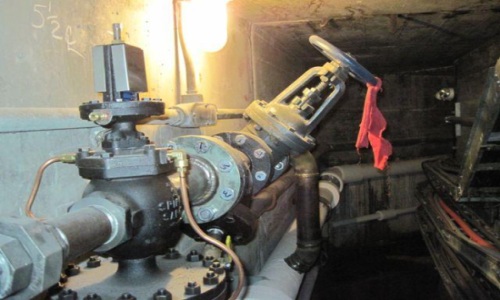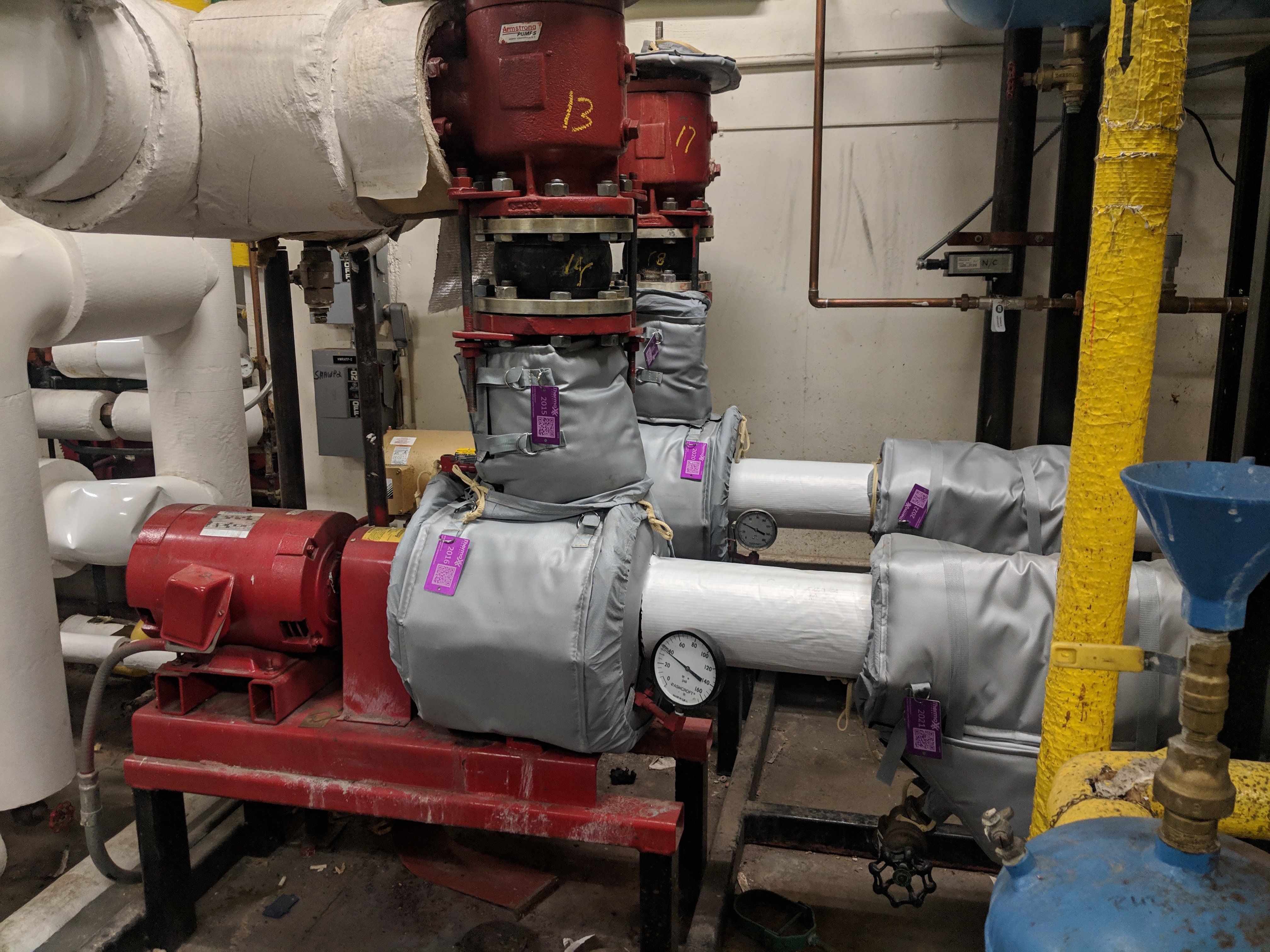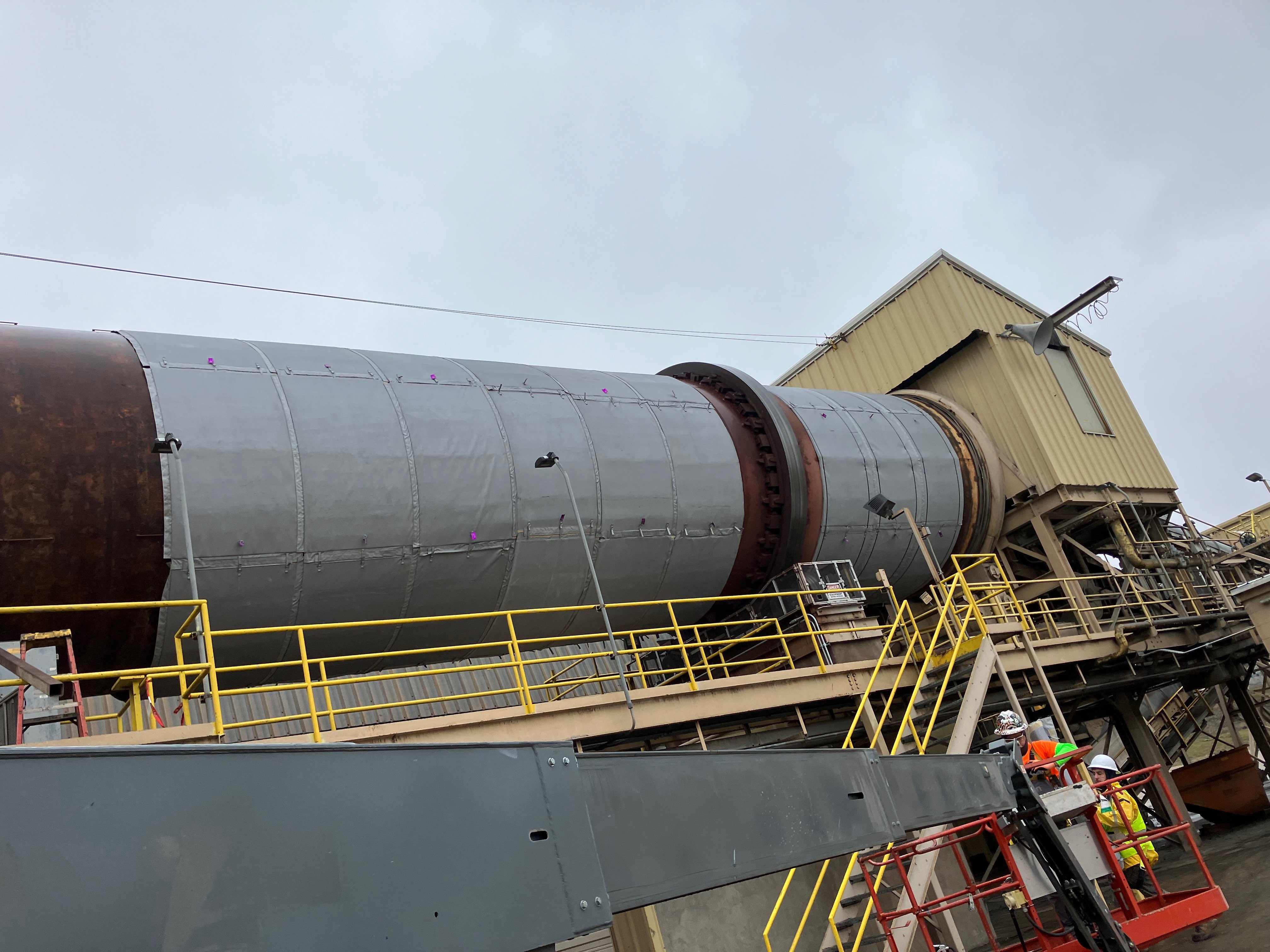How to Calculate the Cost of Steam
How to Calculate the Cost of Steam
How do you calculate your fully loaded MMBtu Costs? For steam-using plants and facilities, calculating steam costs, like calculating steam pipe heat loss, is an important step towards revealing energy and cost savings opportunities.

Loaded vs. Unloaded Cost of Steam
The cost of steam production throughout the course of various projects is twofold: loaded and unloaded cost. The unloaded cost takes into account only the cost of fuel necessary to produce steam with consideration towards total steam used. Loaded cost, however, combines each and every cost associated with steam production.
How Do You Estimate the Cost of Steam?
The below formula has been used by some[i] as a rough estimate of total steam cost:
Total Steam Cost ($/MMBtu) = Fuel Cost ($/MMBtu) x 130%
Calculating Unloaded Steam Costs
For boilers, we’ve found this boiler steam cost calculator.
Alternatively, unloaded steam costs are calculated in the manner specified below:
SC = (aF * (Hg _ hf) ) / (1,000 • ηB)[ii]
Where:
SC = steam cost, unloaded
aF = fuel cost in $/Million Metric British Thermal Units (MMBtu)
Hg = enthalpy of steam, in Btu/lb.
hf = enthalpy of boiler feedwater in Btu/lb.
ηB = true boiler efficiency (per ASME PTC 4.1 method)
1,000 = cost measured in units of 1,000 lbs. per hour
In this simplified calculation method, the formula assumes that one boiler is being used, one fuel and a single steam pressure.
True Boiler Efficiency (ηB)
The ηB figure representing boiler efficiency comprises these aspects, along with their subcategories:
- fuel moisture content
- combustion air temperature
- radiation losses
- flue gas losses
- blowdown losses
Given that one boiler is used here, only one boiler efficiency is taken into account.
Calculating the Enthalpy of boiler feedwater (hf)
Condensate Return may be incorporated into the calculation in conjunction with feedwater to present a clearer idea of cost, as the amount of condensate returned greatly impacts steam cost.
hf = % (GR) + %(LP) + %(MP) + %(HP) + %(MW)
Several Condensate Return Systems are used, and are categorized thusly:
- GR: Gravity or atmospheric — condensate returned at or close to 0 psig
- LP: Low pressure — condensate returned from 1 to 15 psig
- MP: Medium pressure — condensate returned from 16 to 99 psig
- HP: High pressure — condensate returned at 100+ psig
- MW: Make-up water — water added to steam to compensate for condensate which is not returned to boiler
Necessary to adjusting the Unloaded Cost calculation is to also change the enthalpy of boiler feedwater. Calculate it in the following manner, using whichever condensate information applies in your case. If only a few of the above systems are used, leave the other percentages at 0.
Apply this new information to the original formula of SC = (aF * (Hg _ hf) ) / 1,000 • ηB to achieve the Unloaded Steam Cost (SC).
Calculating Loaded Steam Costs
As indicated, Loaded Cost of Steam incorporates additional several factors. The following costs make up the total:
- Unloaded Cost of Steam
- Electrical power
- Chemical
- Water and sewer
- Emission payments
- Labor (management, operations, and maintenance)
- Waste disposal
- Maintenance
- New projects
The Loaded Cost, or true cost of steam, is the sum of the above items. The cost may at times be one and a half to two times the cost as compared to the Unloaded Cost.
Understanding Thermal Systems: What is Steam Terminology?
Million Metric British Thermal Units (MMBtu): A Btu is how much heat is required to raise the temperature of 1 pound of liquid water by 1 °F. MMBtu’s measure one million BTUs.
Enthalpy: The total heat content of a system. Internal energy + Pressure x Volume.
Fuel Moisture Content: Amount of moisture (water) in a fuel, which affects how readily it will burn. Usually shown as a percentage of the oven-dry weight of fuel.
Radiation Losses: A number that describes the amount of heat lost from a boiler to the air through conduction, radiation and convection.
Flue Gas Losses: This gas is produced when combustion occurs in the flue. It is lost, however, due to: high gas temperature, unfinished combustion, lack of air supply, moisture or a high rate of combustion.
Blowdown Losses: When water is removed from a boiler, it is called the “blowdown.” Blowdown is removed to maintain the levels of suspended and dissolved solids and to remove sludge. This is typically shown as a percentage.
Feedwater: Water added to a boiler while it’s in use. This combines both make-up and return condensate.
Make-up Water: Water added to a boiler feed to “make up” for water lost due to blowdown, leaks, etc.
Return Condensate: When steam transfers heat, it turns into a liquid called condensate. Condensate returned to the boiler can save energy by requiring less make-up water.
Start Saving on Utility Costs with a Thermaxx Heat Loss Survey Today!
Steam Cost Resources
[i] http://www.erc.uic.edu/iof/docs/Steam/IL_IOF_Steam_Presentation.ppt
[ii] http://www.swagelok.com/Chicago/Services/Energy-Services/~/media/Distributor%20Media/C-G/Chicago/Services/ES%20-%20Knowing%20Cost%20of%20Steam_BP_31.ashx
http://www.energystar.gov/ia/business/industry/bnch_cost.pdf
http://www1.eere.energy.gov/manufacturing/tech_deployment/pdfs/tech_brief_true_cost.pdf

Thermaxx Jackets
Thermaxx Jackets was founded over 25 years ago with a single purpose: to help our clients save energy with removable insulation blankets when traditional stay-in-place insulation is not practical. Our dedication to this purpose has resulted in a long list of customers who have saved money thanks to Thermaxx Jackets! Combining expertise in heat loss, wireless monitoring, insulation design, and several other disciplines, we’ve become the #1 provider and fabricator of removable insulation jackets and covers. The Thermaxx Sales and Service teams are experienced and trained to provide clients with the most timely and cost-effective solution.
Categories
- removable insulation
- thermaxx jackets
- energy savings
- savings
- energy efficiency
- safety
- pipe insulation
- energy
- case study
- insulation materials
- thermal insulation
- heat loss survey
- heat loss
- energy loss
- hot insulation
- fiberglass
- installation
- steam
- New York
- custom insulation
- NYC Case Study
- boiler
- university
- Connecticut
- reusable insulation


.png?width=1200&height=600&name=Start%20Saving%20on%20Utility%20Costs%20with%20a%20Thermaxx%20Heat%20Loss%20Survey%20Today!%20(2).png)





